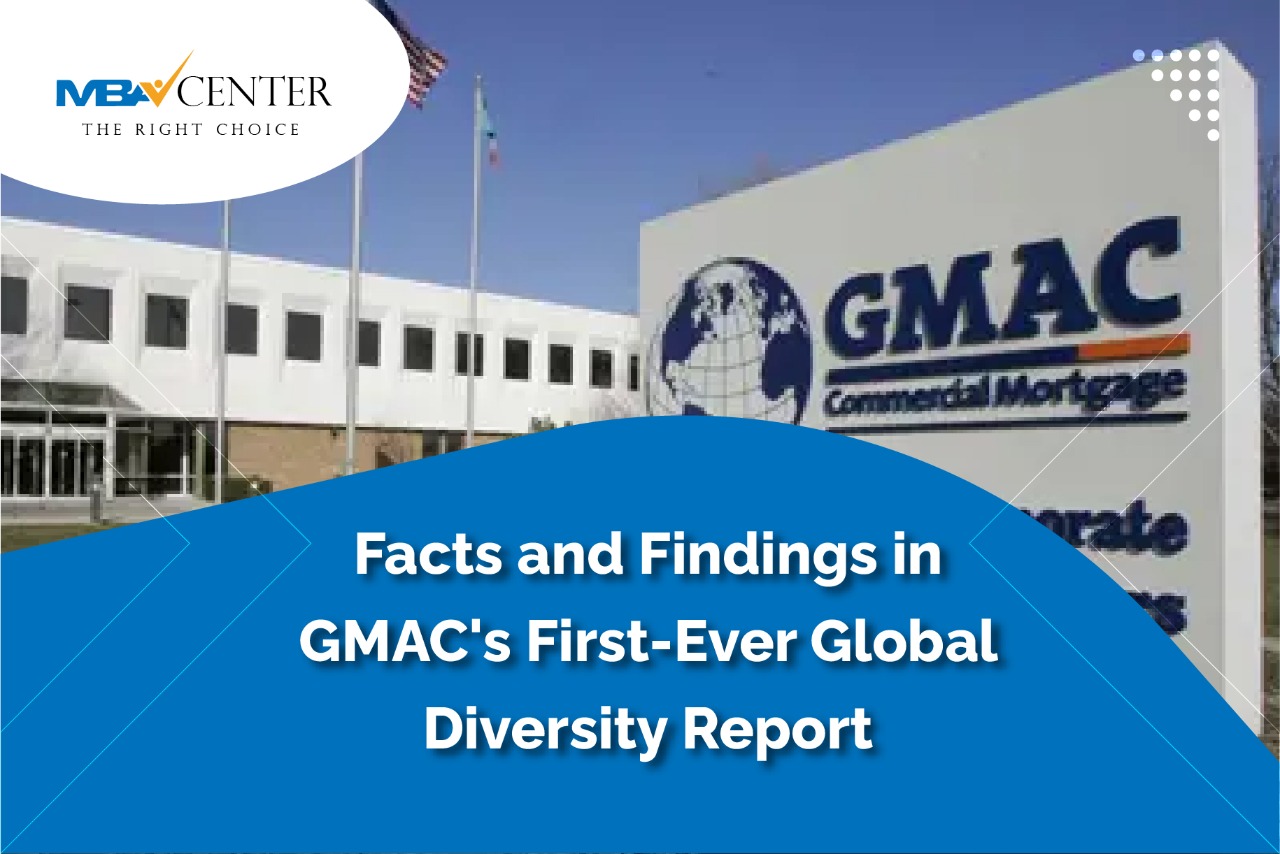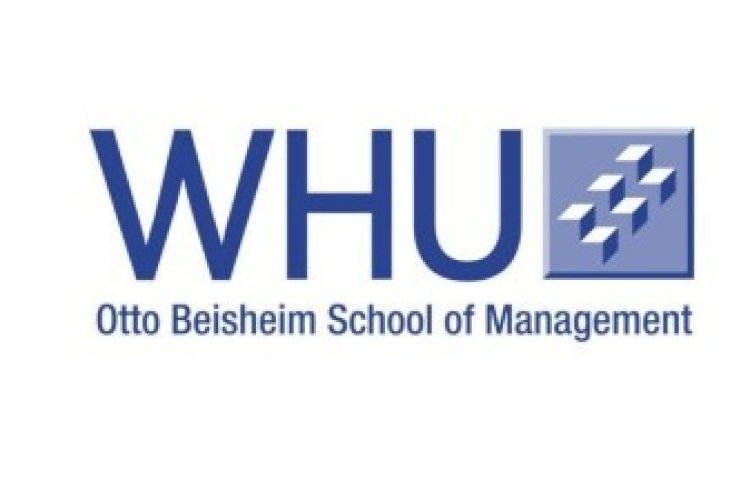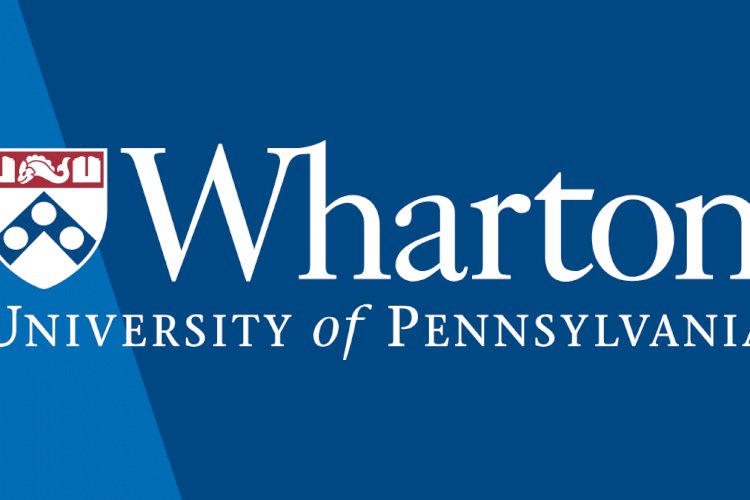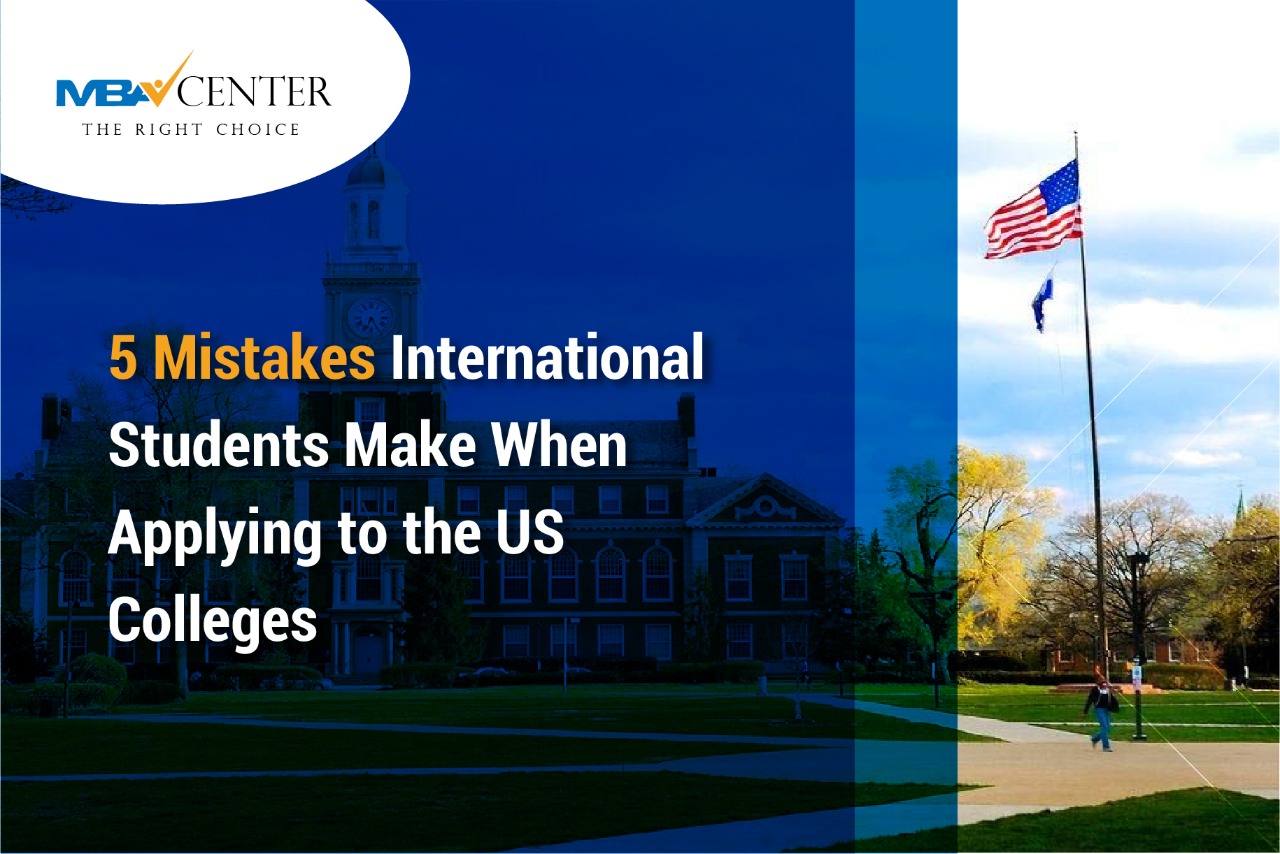
Are the students in graduate management education (MBA) making progress? What evidence do we have? "Isn't it tough to do without a benchmark?" Well, GMAC went on a research path to begin answering these questions, with the goal of developing a way to understand better representation across the diverse pipeline for graduate management education around the globe.
The first global study on diversity in graduate management education, the Global Diversity of Talent Attainment and Representation, results from the research efforts. This research is intended to assist the industry in gaining a better knowledge of diversity and representation in the GME pipeline today and support analysis, strategic planning, and decision-making for future classrooms.
In the United States, the black population participates at a higher rate in an MBA.
While several of the country's top-ranked B-schools enrol black students at a lower rate than the country's total representation, the participation rate in for-profit graduate business school programs is greater.
According to conventional opinion, the number of black students enrolled in American business schools falls short of their overall demographic representation in the United States. According to Bloomberg Businessweek's first-ever diversity rating, which assessed institutions based on their enrolments of underrepresented minorities, only two of the top 25 colleges enrolled black students at or above the 14% of the black population in the United States overall. However, GMAC discovered that you get a different picture when you broaden the scope to include for-profit business schools.
The women population continue to be underrepresented in GME.
For years, schools have worked to address the issue of women being underrepresented in the GME pipeline. The problem stems from the fact that women are more likely than men to get bachelor's and master's degrees globally. Even at the undergraduate level, women are more likely to pick business, administration, or law as a major. However, this pattern does not hold true when GME is chosen as a masters' choice. Globally, women have 44.8% of GME degrees.
Latin America has the highest concentration of MBA graduates.
GMAC's conclusions were not all unexpected. China and India have the most bachelor's and graduate degrees in business and business administration, respectively. In both categories, the United States ranks third.
"Pakistan and Turkey are two other remarkable inclusions in the top 10 sources," and according to research, business graduates account for 28% and 40% of the country's total bachelor's degree holders, respectively.
However, what was surprising was GMAC's discovery that Latin America has the most significant proportion of master's degree holders in business, at 33.1%.
This research serves as a beginning point. I hope you will find it beneficial in guiding your outreach and decision-making processes in the years ahead.
Also read: Why are MBA applications in round 3 so competitive?
 MBA Center Global
MBA Center Global 
























